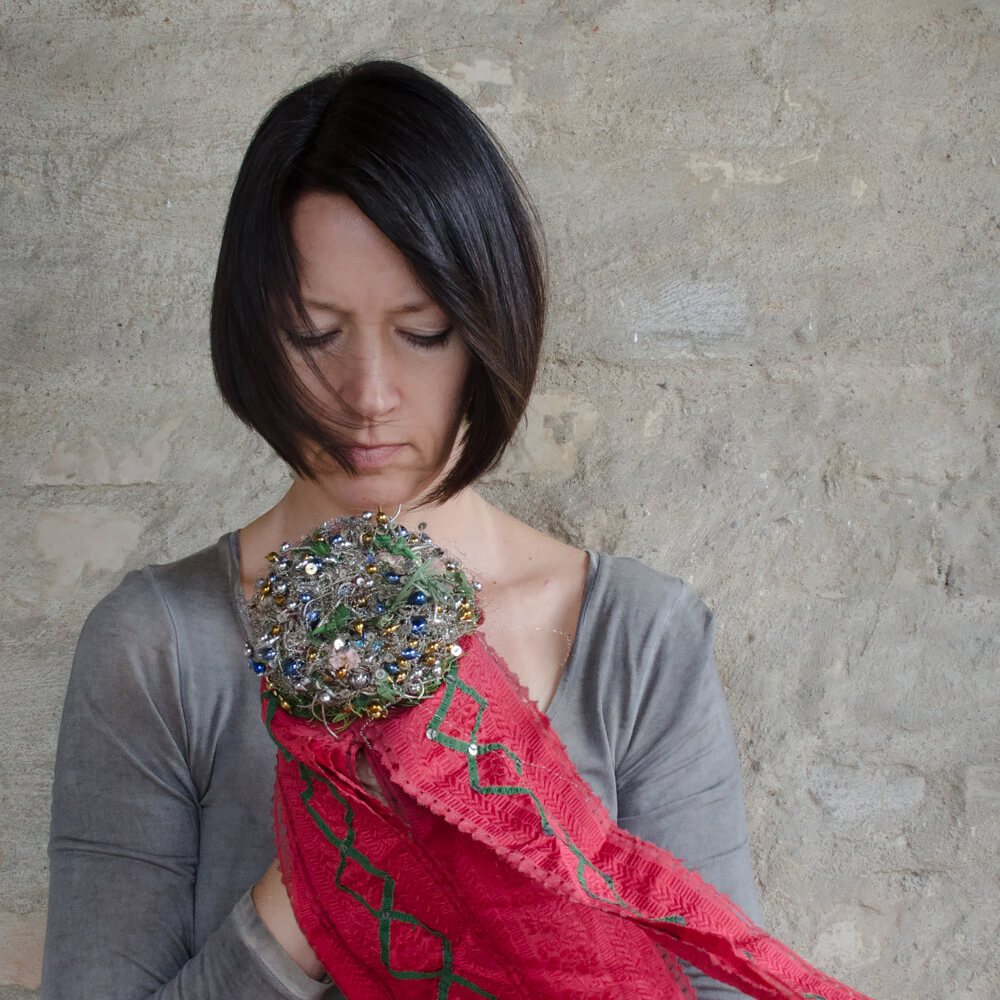Astrid Reischwitz is a lens-based artist whose work explores storytelling from a personal perspective. Using keepsakes from family life, old photographs, and storytelling strategies, she builds a visual world of memory, identity, place, and home. Her current focus is the exploration of personal and collective memory influenced by her upbringing in Germany.
Reischwitz has exhibited at national and international museums and galleries including Newport Art Museum, Griffin Museum of Photography, Danforth Art Museum, Photographic Resource Center, The Center for Fine Art Photography (CO), Rhode Island Center for Photographic Arts, Center for Photographic Art (CA), FotoNostrum, and Gallery Kayafas.
She was a Top 50 photographer at Photolucida's Critical Mass in 2020, 2019 and 2016, and a Finalist for the 2017 Lens Culture Exposure Awards. She is the recipient of the Griffin Award 2020 and was awarded solo exhibitions at Soho Photo Gallery and The Center for Fine Art Photography. Reischwitz is a Category Winner at the 14th and 15th Julia Margaret Cameron Award for Women Photographers and at the 14th and 15th Pollux Awards. Honors also include Gold and Silver Medal Awards, a Portfolio Award and the Daylight Multimedia Award at the San Francisco International Photo Show.
Her work was featured in Fraction Magazine, Lenscratch, LensCulture, What Will You Rembember?, Wired Japan, Il Post Italy, P3 Portugal, Aint-Bad Magazine, The Boston Globe, NRC Handelsblad Amsterdam, as well as other media outlets.
Reischwitz is a graduate of the Technical University Braunschweig, Germany, with a PhD in Chemistry.
Spin Club Tapestry
An exploration of memory
I grew up in a small farming village in Northern Germany. A village that is bound to its history and that stands out through its traditions even today. Long ago, village women met regularly in "Spinneklumps" (Spin Clubs) to spin wool, embroider, and stitch fabrics for their homes. I imagine their conversations as they worked, the beautiful stories that lifted their spirits, as well as the stories of sadness, sorrow and loss. In modern times, village women continued to meet in this tradition, but shared stories over coffee and cake instead of needlework. These close-knit groups of women often stayed together until their death.
In this series, my composite images take the form of tapestries, combining images of embroidered Spin Club fabrics with new and old photographs from the village. I connect the present and the past by recreating and re-imagining pieces of the embroidery. Spin Club tablecloths, napkins and wall hangings (some dating back to 1799) have been passed down from generation to generation. By following the stitches in these fabrics, I follow a path through the lives of my ancestors - their layout of a perfect pattern and the mistakes they made. Along the way, I add my own mistakes. The fabrics also reveal the passage of time, stained and distorted after sometimes decades of use. The patterns I have stitched myself into the paper are only abstractions of the original Spin Club designs, fragments of memory. After all, memory is fleeting, and changed forever in the act of recollection. Sometimes the stitching is incomplete, creating an invitation for future generations.
Every decision we make is influenced by our history, our environment, and the society we live in. The tapestry of my life belongs to me but is stitched through with the beauty and heartache of past generations.
Discover the Spin Club Tapestry Solo Exhibition
